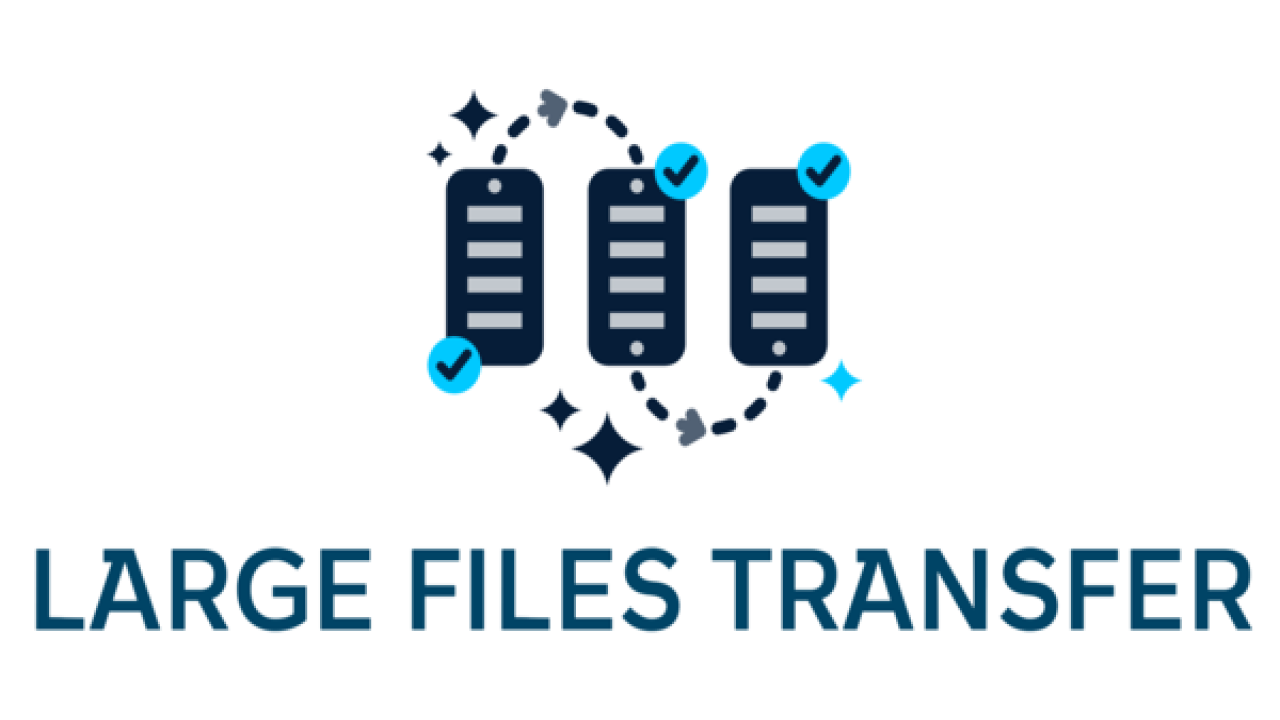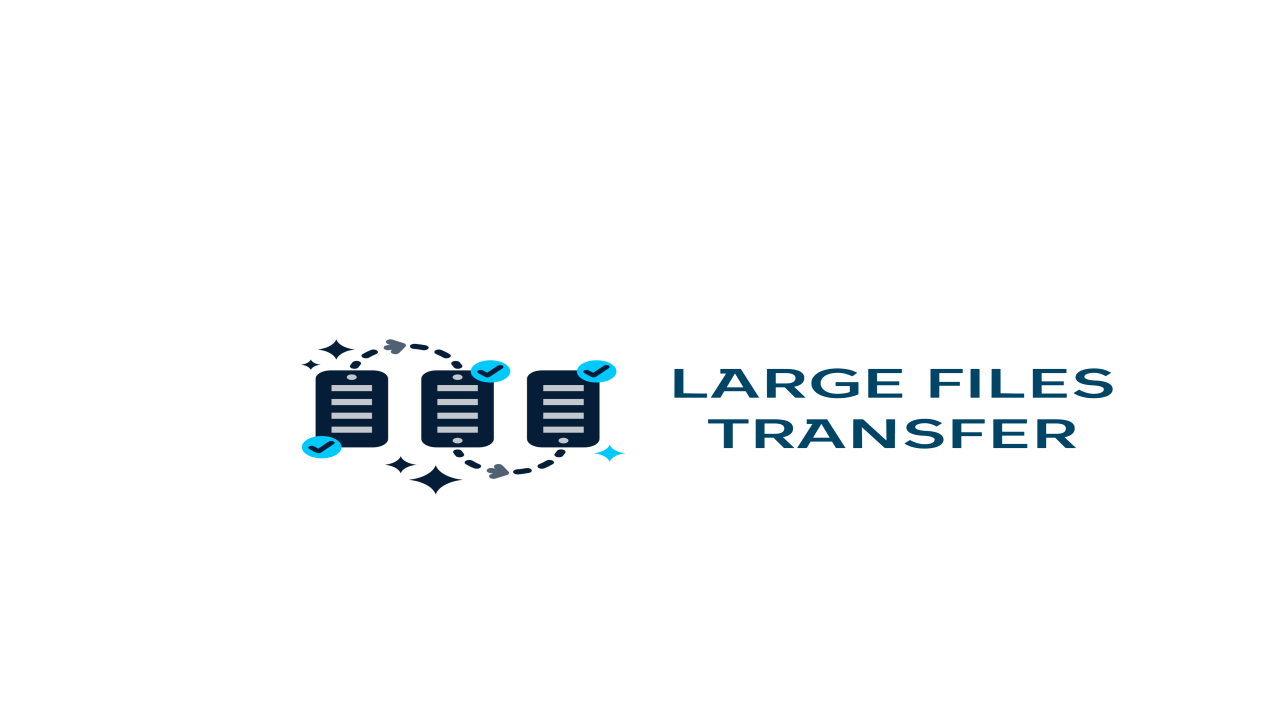Safeguarding Your Data: Common Mistakes to Avoid When Transferring Files Online
In today's digital age, the transfer of files online has become an integral part of both personal and professional life. Whether it's sharing documents with colleagues, collaborating with remote teams, or sending files to clients, the convenience and efficiency of online file transfer are undeniable. However, amidst the convenience, there are potential pitfalls and security risks that users must be aware of. In this comprehensive guide, we'll delve into the common mistakes to avoid when transferring files online, helping you safeguard your data and protect your privacy.
1. Using Unsecured File Transfer Protocols
One of the most common mistakes is using unsecured file transfer protocols such as standard FTP (File Transfer Protocol). FTP transfers data in plaintext, leaving it vulnerable to interception and unauthorized access. Instead, opt for secure protocols like SFTP (SSH File Transfer Protocol) or FTPS (FTP over SSL/TLS) that encrypt data during transit, ensuring confidentiality and integrity.
2. Neglecting Encryption
Failing to encrypt files before transfer is a significant oversight that can compromise data security. Encryption scrambles the data, making it unreadable to unauthorized parties. Always encrypt sensitive files using strong encryption algorithms before transferring them online to protect them from interception and unauthorized access.
3. Weak Passwords
Using weak or easily guessable passwords is a common mistake that can lead to unauthorized access to your files. Avoid using common passwords, dictionary words, or sequential characters. Instead, use complex passwords comprising a mix of uppercase and lowercase letters, numbers, and special characters. Additionally, consider implementing multi-factor authentication (MFA) for an added layer of security.
4. Lack of User Authentication
Failing to authenticate users before allowing access to files is a grave mistake that can result in unauthorized access and data breaches. Implement robust user authentication mechanisms, such as username/password combinations, biometric authentication, or hardware tokens, to verify the identity of users before granting access to files.
5. Overlooking File Permissions
Ignoring file permissions and access controls can lead to unintended data exposure and security breaches. Always configure file permissions to restrict access to authorized users only. Limit the privileges of users to prevent unauthorized modification, deletion, or sharing of files.
6. Ignoring Data Integrity Checks
Neglecting to verify the integrity of transferred files can result in corrupted or tampered data. Implement data integrity checks, such as checksums or digital signatures, to ensure that files remain unchanged during transit. Verify the integrity of transferred files upon receipt to detect any unauthorized alterations.
7. Sharing Files Over Unsecured Networks
Transferring files over unsecured networks, such as public Wi-Fi hotspots, poses a significant security risk. Hackers can intercept data transmitted over unsecured networks, potentially compromising sensitive information. Whenever possible, use secure networks or VPNs (Virtual Private Networks) to encrypt data transmitted over public networks.
8. Failure to Monitor File Transfer Activities
Not monitoring file transfer activities leaves organizations blind to potential security incidents and breaches. Implement robust logging and monitoring mechanisms to track file transfer activities in real-time. Monitor for suspicious behavior, unauthorized access attempts, or unusual file transfer patterns, and take immediate action to mitigate risks.
9. Storing Files in Unsecured Locations
Storing files in unsecured locations, such as publicly accessible cloud storage or unencrypted storage devices, exposes them to the risk of unauthorized access and data breaches. Always store files in secure, encrypted locations with restricted access controls to prevent unauthorized access and ensure data confidentiality.
10. Lack of Regular Security Audits
Failing to conduct regular security audits and assessments of file transfer processes can lead to undetected vulnerabilities and security gaps. Regularly review and evaluate your file transfer infrastructure, policies, and procedures to identify weaknesses and address them promptly. Conduct penetration testing and vulnerability assessments to proactively identify and remediate security issues.
In conclusion, avoiding these common mistakes is essential for ensuring the security and integrity of file transfers online. By implementing robust security measures, including using secure protocols, encrypting files, enforcing strong authentication, and monitoring file transfer activities, you can mitigate risks and protect your data from unauthorized access and interception. Prioritize security in your file transfer practices to safeguard your valuable information and maintain trust with stakeholders in an increasingly interconnected world.






Comments (0)